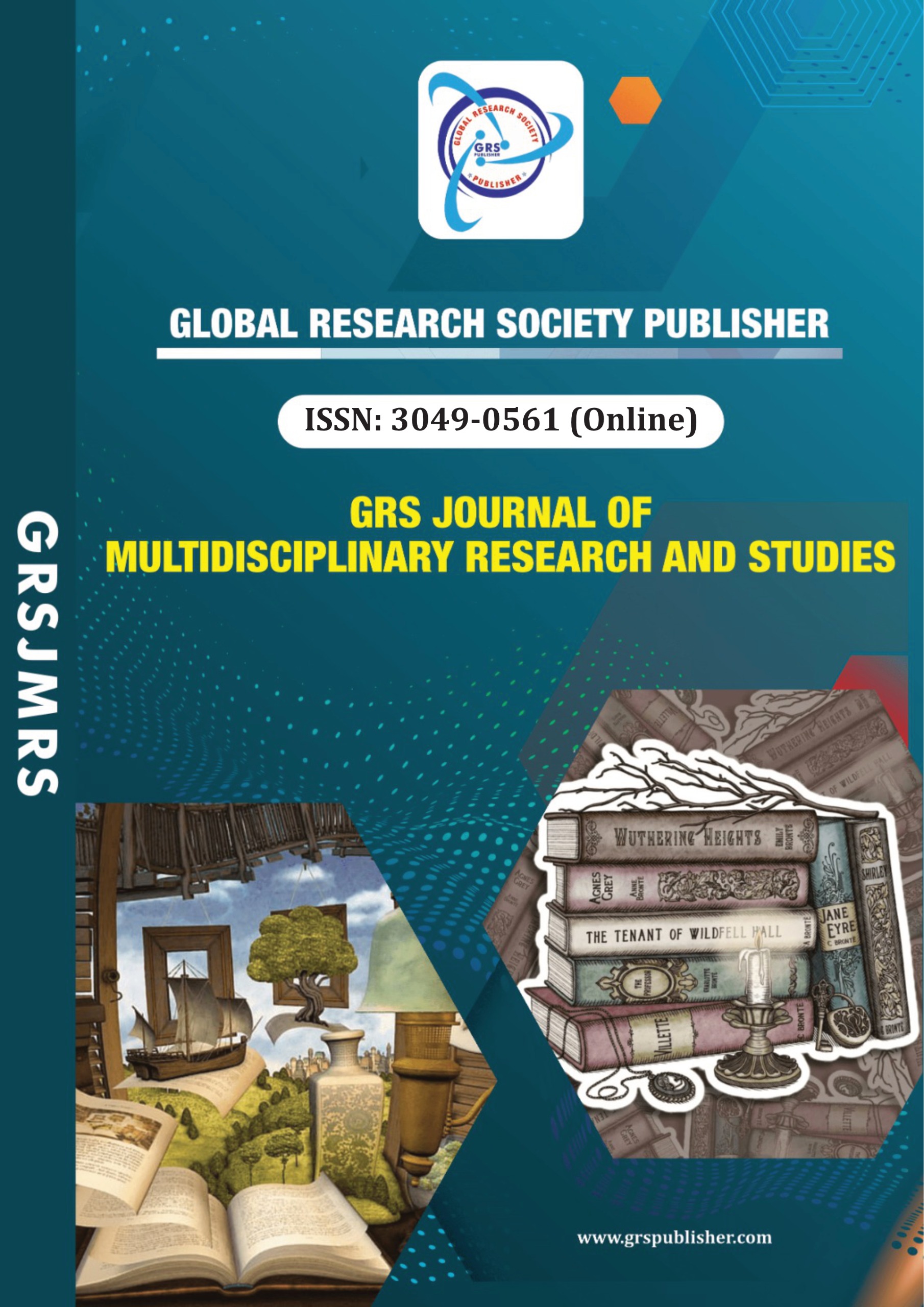Assessment of Soil Bacterial Population and Characterization of Akdala and Nachol Series of Bangladesh
Sr No:
1
Page No:
1-5
Language:
English
Licence:
CC BY-NC 4.0
Authors:
Mahmudul Hasan Chowdhury*, Md. Rayhan Kabir, Shah Mohammad Kamrul Hasan, Md. Afnan Hossain Chy, Md. Shaheen Miah, Shaikh Motasim Billah,
Received:
2025-05-30
Accepted:
2025-06-23
Published Date:
2025-07-01
Abstract:
Bacteria are ancient, single-celled organisms that exist everywhere and can thrive under diverse environmental conditions. Isolating and identifying bacteria from various sources is essential for their classification and understanding their potential to cause disease. In soil ecosystems, bacteria and fungi are the dominant microorganisms, playing key roles in driving biological and chemical transformations. This study focused on isolating and characterizing bacterial species from the Akdala and Nachol soil series in Bangladesh. Distinct bacterial colonies were assessed based on characteristics such as size, color, shape, edge, and elevation. It was noted that the Akdala soil contained a higher bacterial count than the Nachol soil. Using simple and negative staining techniques, the shape and arrangement of the bacteria were analyzed. Both soil types had a higher proportion of Gram-negative bacteria compared to Gram-positive ones. Most of the isolates were capable of forming spores and capsules. The majority were non-acid-fast and typically appeared in chain-like arrangements. Rod-shaped (bacillus) bacteria were more prevalent than spherical (coccus) types in both soil samples.
Keywords:
Soil series, bacteria, colony characteristics, isolation.
Journal: GRS Journal of Multidisciplinary Research and Studies
ISSN(Online): 3049-0561
Publisher: GRS Publisher
Frequency:
Monthly
Language:
English

